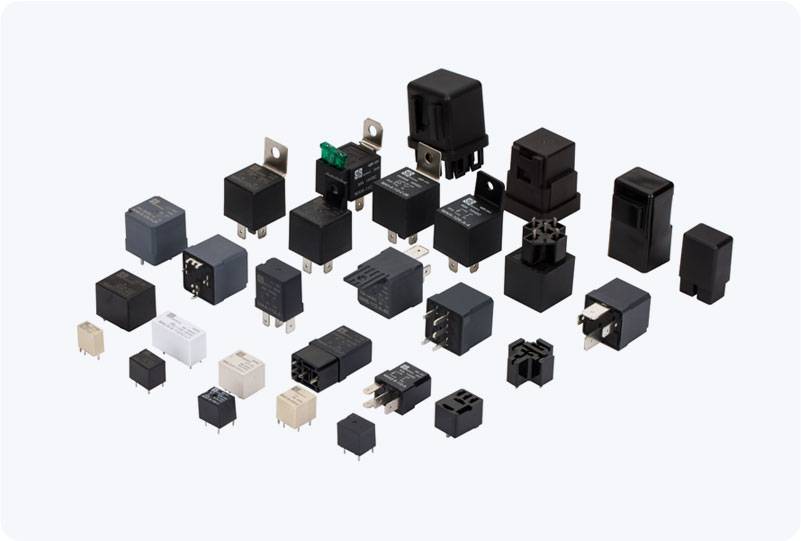A Solid State Relay (SSR) is a critical component in modern electronics, offering efficient switching capabilities with a variety of advantages over traditional electromechanical relays. As the demand for precise control systems in various industries such as automation, home appliances, and renewable energy continues to grow, the SSR has proven to be an essential element in ensuring system reliability and performance. Unlike conventional mechanical relays that rely on moving parts, SSRs use semiconductor components to perform the switching function, making them more durable, faster, and energy-efficient.

The Basics of Solid State Relays At its core, a Solid State Relay is an electronic switching device that allows electrical current to flow in a circuit when triggered by a low control voltage, typically from a microcontroller or any other low-power control circuit. The key feature that distinguishes SSRs from electromechanical relays is that they do not contain moving parts. Instead, they rely on semiconductor materials such as triacs, thyristors, and phototransistors to perform the switching operation. These relays are available in different configurations, but they generally consist of an input section, which receives the control signal, and an output section, which switches the load. The input section is typically optically isolated from the output section to prevent electrical noise or surges from interfering with sensitive control circuits.